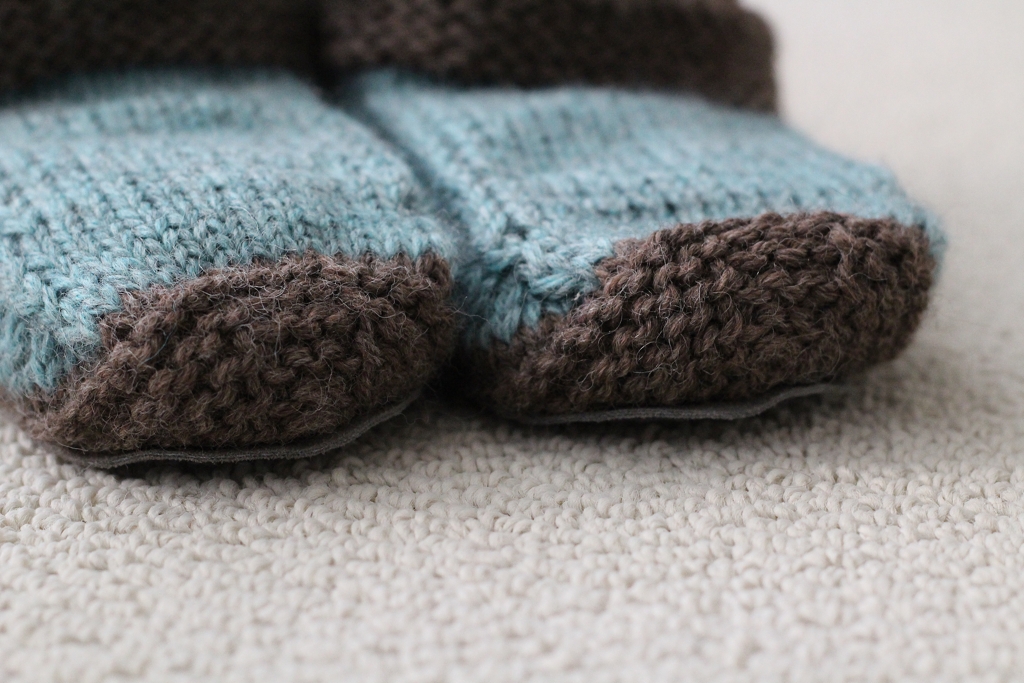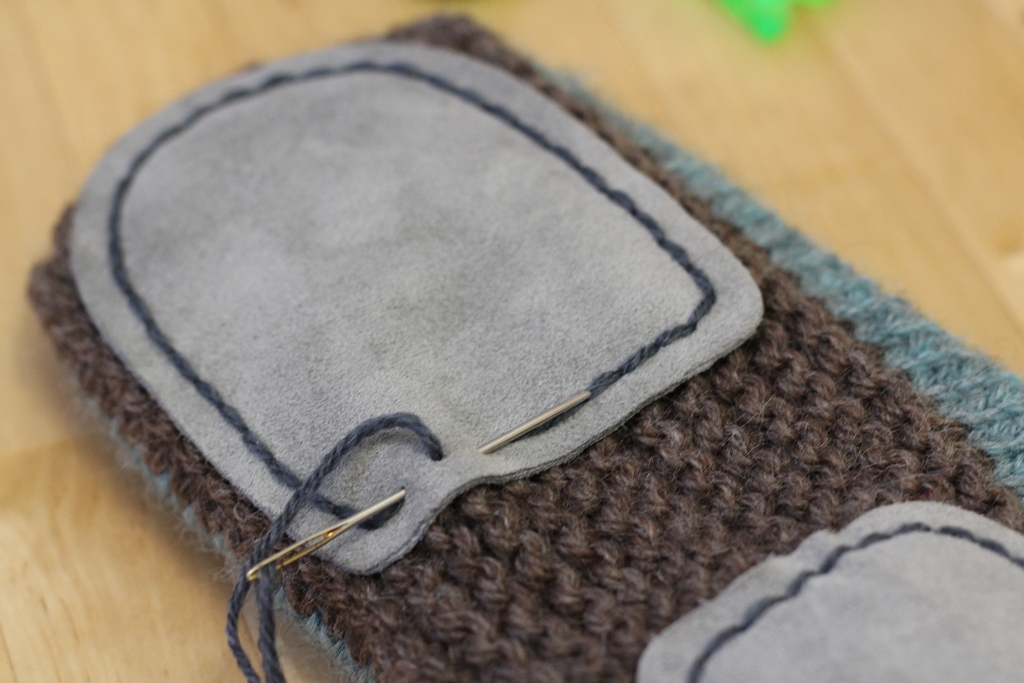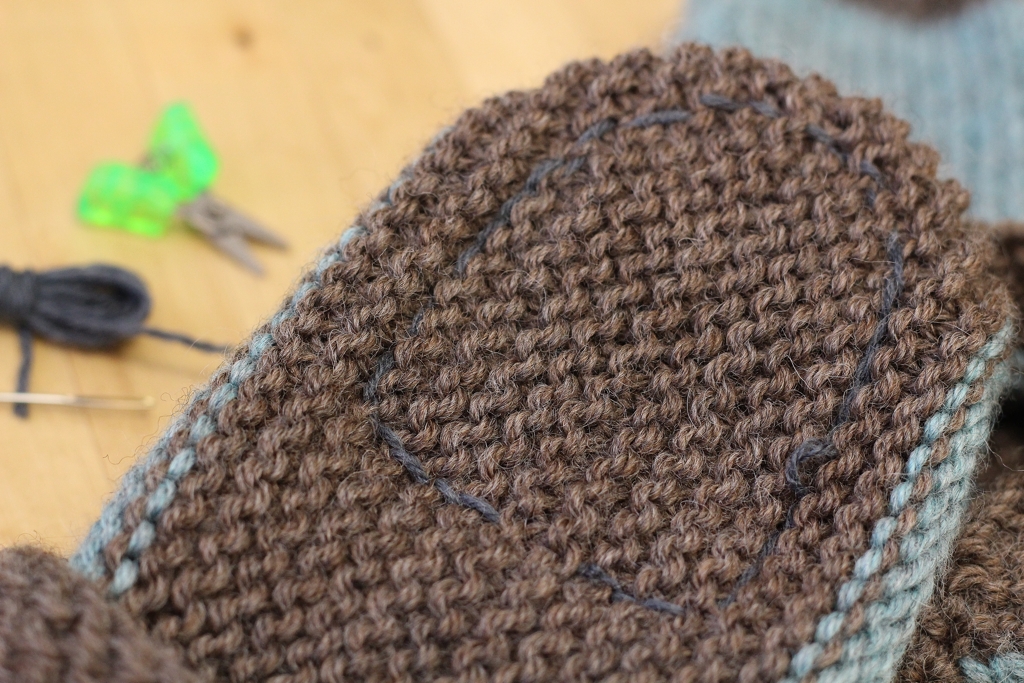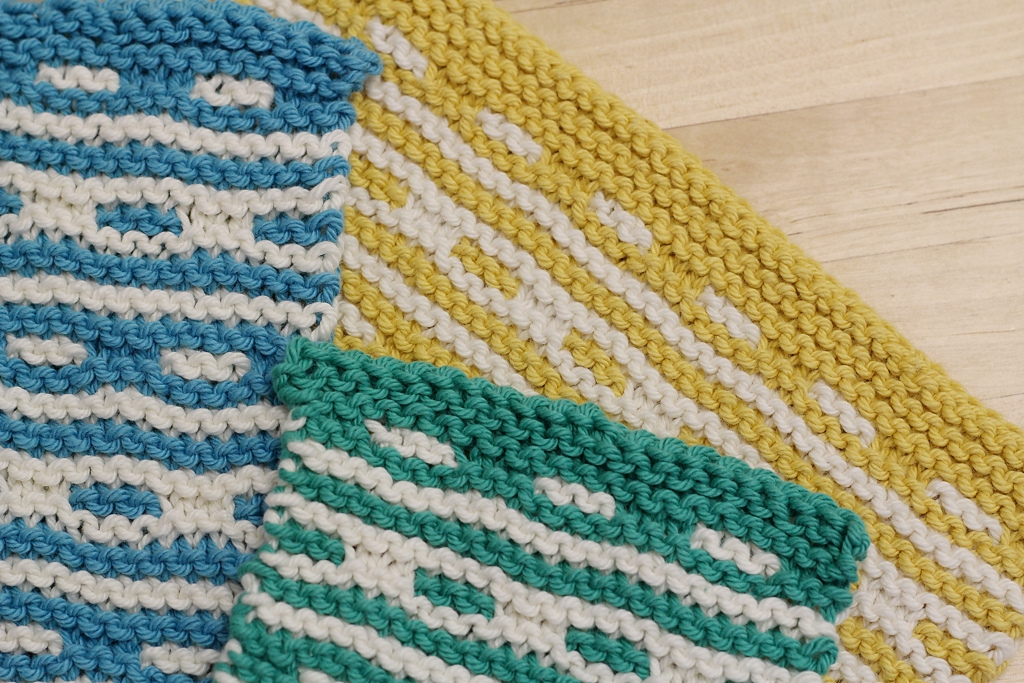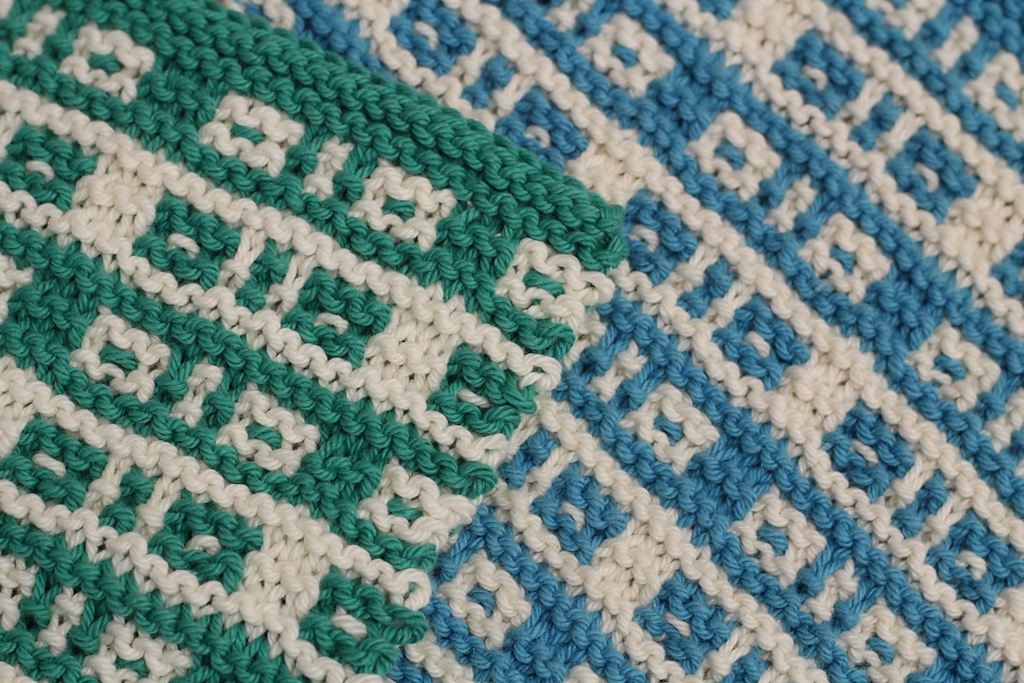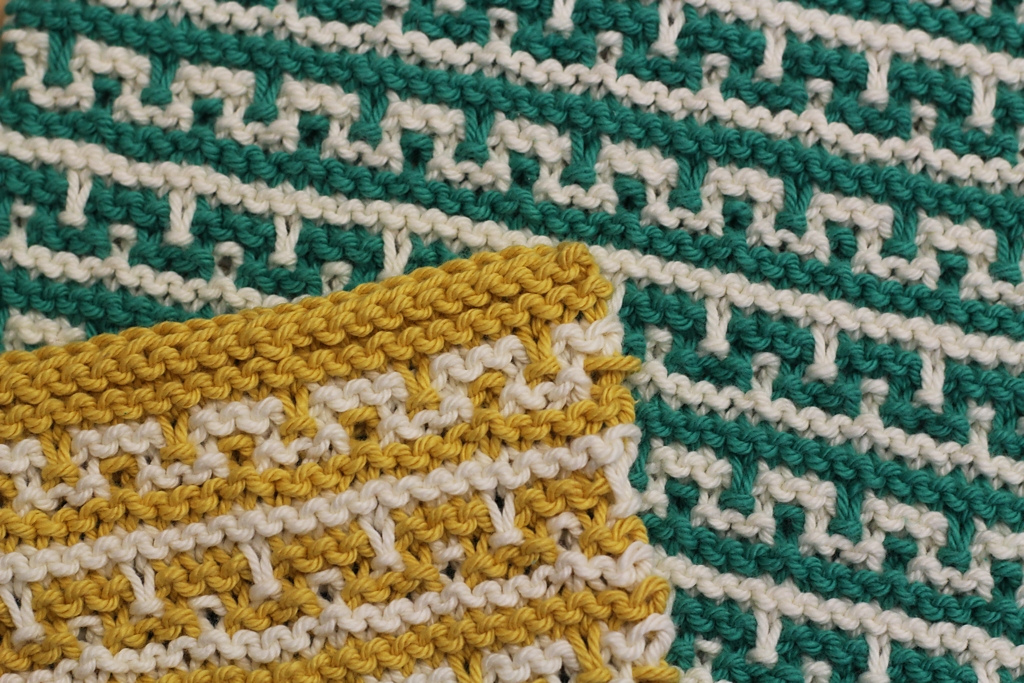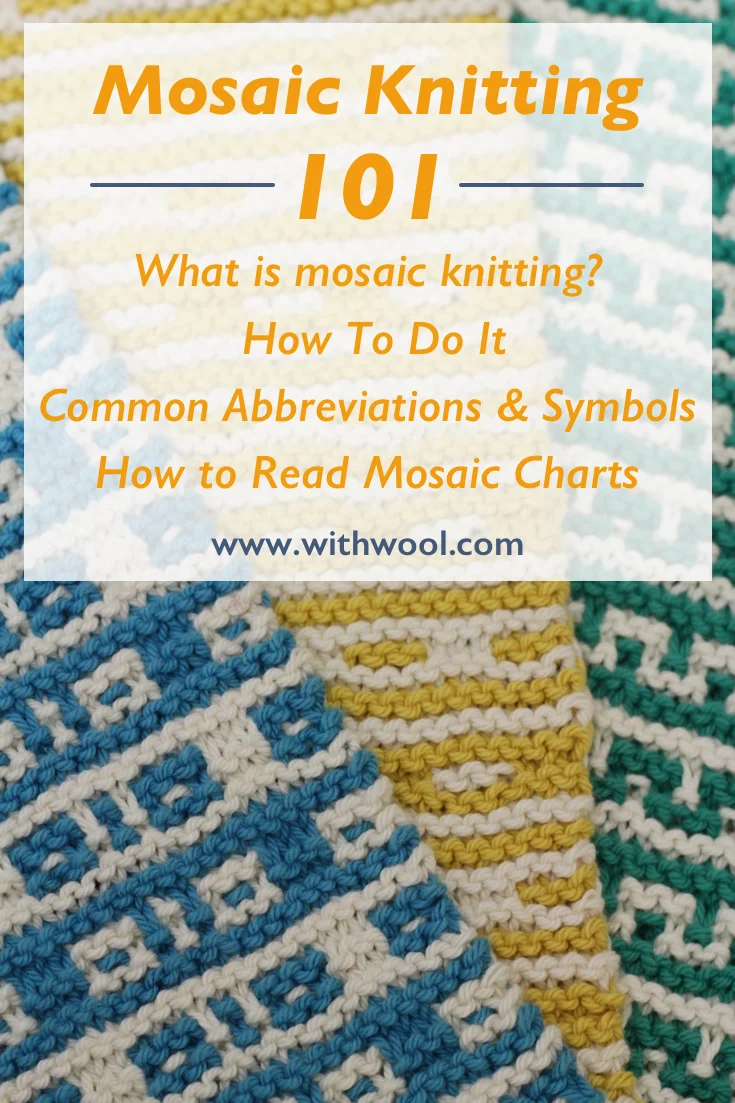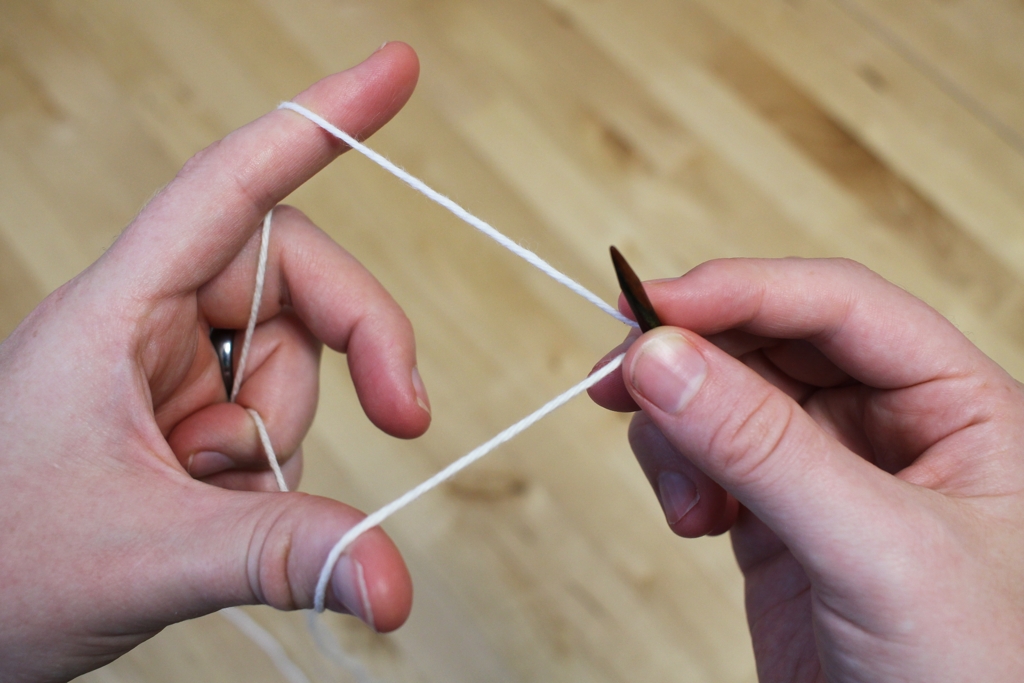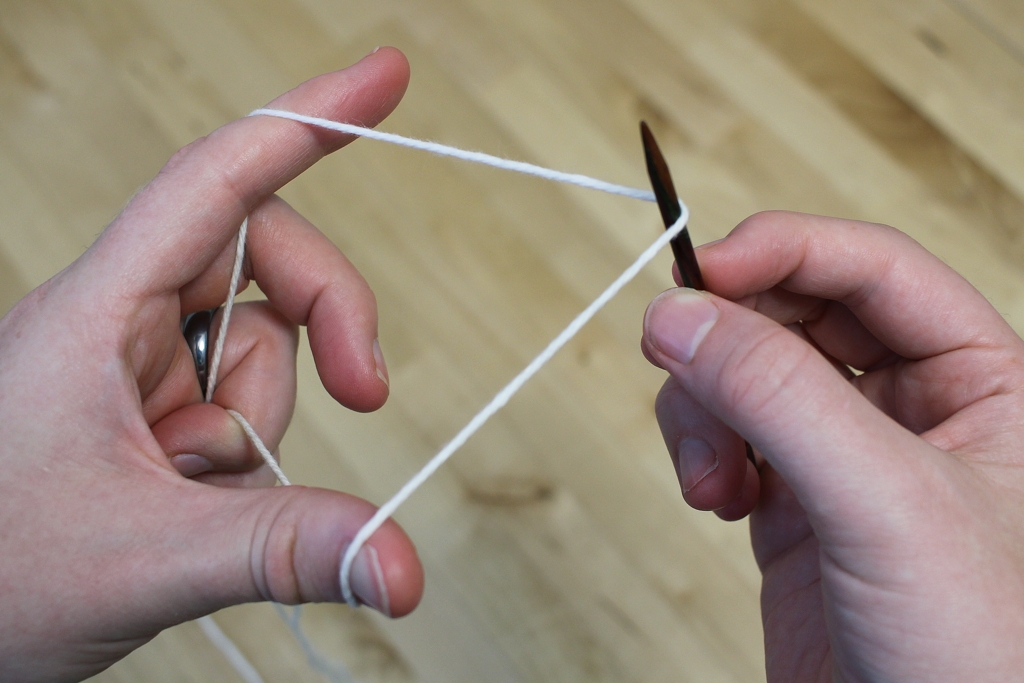Review: Comparing Noro Rainbow Roll and Imperial Yarn Bulky 2-Strand Pencil Roving
/Pencil roving makes up just a fraction of my fiber stash, but it’s something that fascinates my spinning brain. Maybe it’s the color. Maybe it’s all the possibilities of what can be done with it as soon as it’s in your hands. Spinning of course, but also knitting and weaving. Maybe it’s that I can go into autopilot when I work with it since it’s generally an easy spin. Pencil roving isn’t the easiest thing to find since regular roving and top are much more prevalent. So, I always keep an eye out which is how I’ve come to have stashed two different but intriguing pencil rovings - Imperial Yarns Bulky 2-Strand and Noro Rainbow Roll. In the interest of spinning, let’s do a little head-to-head comparison.
I went to Atelier Yarns for the first time a few weeks ago. The shop was well stocked and the Bulky 2-Strand was right up front, though I would have found it if it were in the back too. There was a mix of colors - naturals, solid colors, and a selection of heathers. I fell hard for the indigo heather, a mix of purple, navy blue and teal green. The roving was pleasantly soft, but what made me buy the roving was the yarn that tied up the bundle. The 2-ply was made from the same roving and had a deliciously rustic look. I wanted to spin that same cushy yarn.
The Noro Rainbow Roll came into my stash thanks to the internet. I saw it online while I was browsing Eat.Sleep.Knit for gift yarn. My first thought was, “I can get Noro’s gorgeous, long color repeats without fear of interrupting knots, and spin it into a fingering weight single that won’t come apart if I pull too hard? Gimme.” That’s pretty much how it ended up in a box at my door.
The Rainbow Roll and Imperial Bulky are packaged differently. The aptly named Rainbow Roll came wrapped around a cardboard tube in a wide roll which shows off the different colors and their repeat. Imperial Bulky comes wound as a cake like you’d get off a winder.
The rovings handle color very differently. Rainbow Roll, this is color 1009, is uniformly dyed into colors that follow a repeating sequence. Some colors, like the bright blue, appear to be a solid, while other colors, like the light blue and green, have a heathered appearance. The Imperial Bulky, Indigo Heather, is evenly heathered throughout its length. Note: Imperial Bulky also comes in solid colors.
One more note about the color. On the whole, the Rainbow Roll appears to have more vivid, vibrant colors than the Imperial Bulky.
What about vegetable matter, AKA VM? Both have some VM, but not much and it all appears to be in small pieces. From looking only at the outer layers, there appears to be more VM in the The Imperial Bulky, but I won’t know for sure until I actually get into the cake.
Now, let’s touch ‘em. Both pencil rovings are made from 100% wool (neither specifies a breed on the label). I find the Imperial Bulky to be the softer the two, but only barely. I would wear both of them around my neck. How soft they are as yarn, will come down to how they’re spun.
The yardage and put-up of these bundles is where the two rovings start getting very different. The Imperial Bulky is 4 oz/113g and 200 yds/183m. However, as the name implies, The Imperial Bulky 2-strand, is 2 strands of pencil roving that are intended to be knit together to form a bulky yarn. The recommended gauge on the label is 12 sts and 16 rows = 4 inches on US 13 (9mm) needles. What one could do, is separate the two strands - easy since the two aren’t twisted together at all - and get double the yardage with a smaller gauge.
When the individual strands of both rovings are held next to each other, they appear to be the same thickness.
Rainbow Roll is 3.53oz/100 g and has 294yds/270m of roving. The Rainbow Roll label has no suggested gauge or needle. What the label does say, in part, is this, “This product is not a yarn and is not twisted…” The Rainbow Roll Ravelry Page does categorize the roving as bulky. A quick skim through project pages on Ravelry shows that most people used needles ranging from the US 7 to 13.
It is only one strand, which isn’t big deal if knitting or weaving, but makes it harder to get the colors match when spinning 2-ply yarn. You could definitely break the roving into separate repeats of color. You could spin a single and chain ply it. Or you could just spin it and let the colors fall where they may.
As long as we’re talking numbers, what about the price? I paid $20 for the Rainbow Roll and $18.95 for the Bulky 2-Strand. Seems pretty similar at first glance. However, Rainbow Roll comes to $0.068 a yard and Imperial Bulky is $0.094. Still reasonable; however, if you’re working with one strand of Imperial Bulky instead of 2 at a time, the price goes to $0.047 because there’s now 400 yards instead of 200.
Part 2 of the comparison focuses on spinning the roving. I might love spinning them. I might hate spinning them. But spin them I will…for science! The Rainbow Roll is going on the bobbins first, and I’ll be sharing the details as I go.
P.S. The next few weeks are going to be all over the place (literally) for me, so the posting schedule is going to be a bit different. Instead of long, detailed posts, I'm going to be posting short snippets a few times a week. Thanks for sticking with me!


























